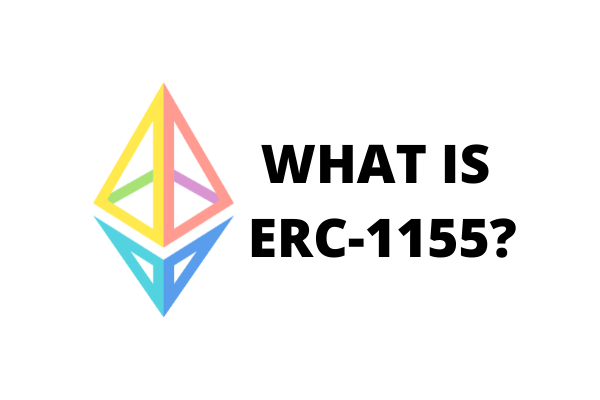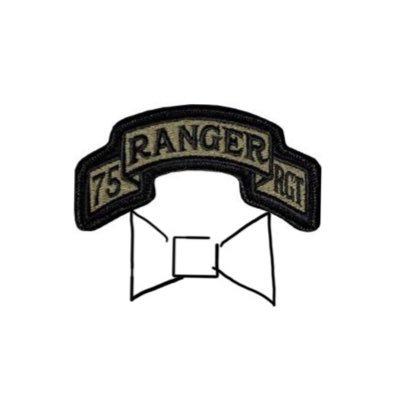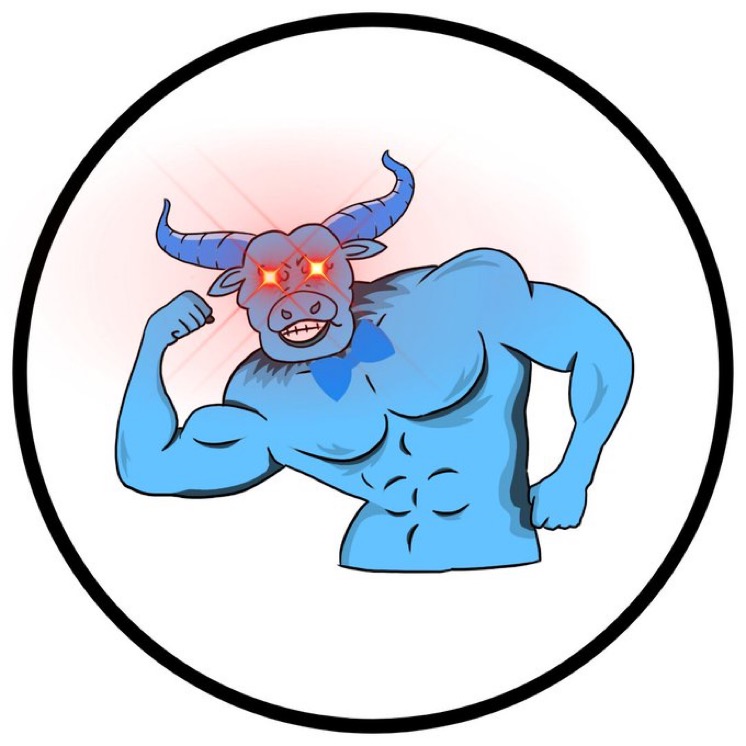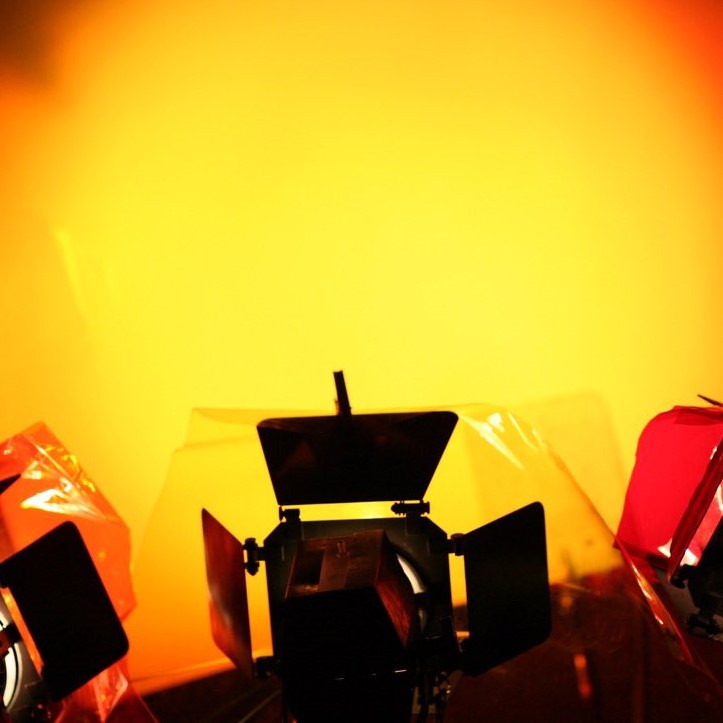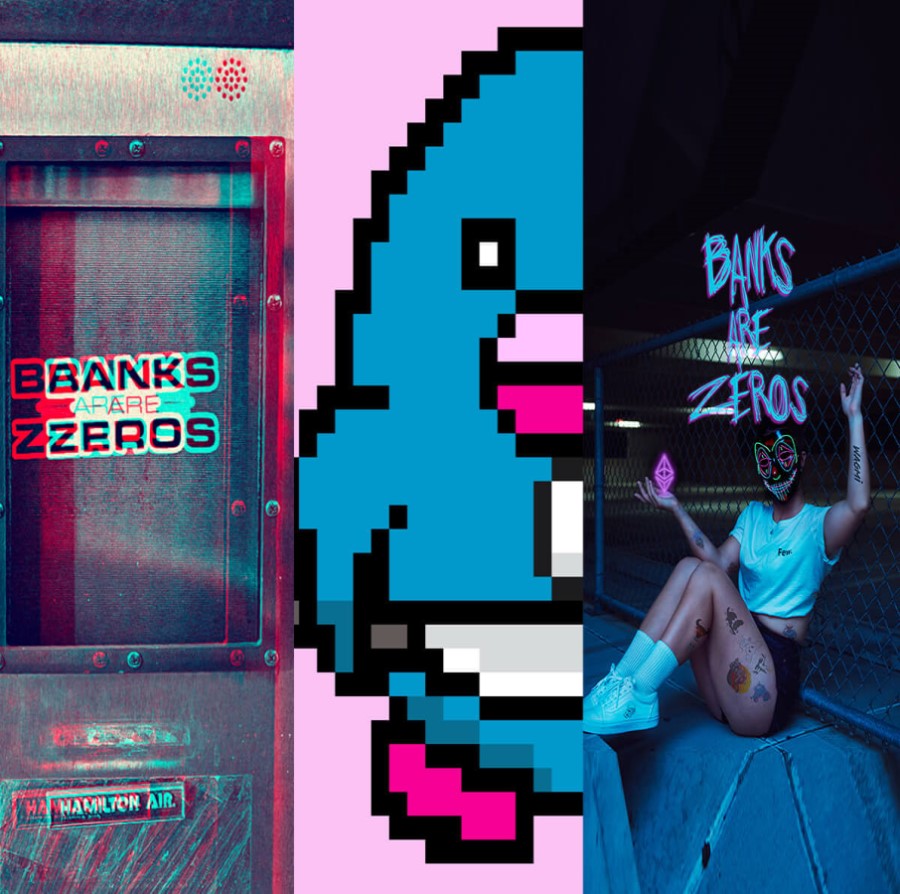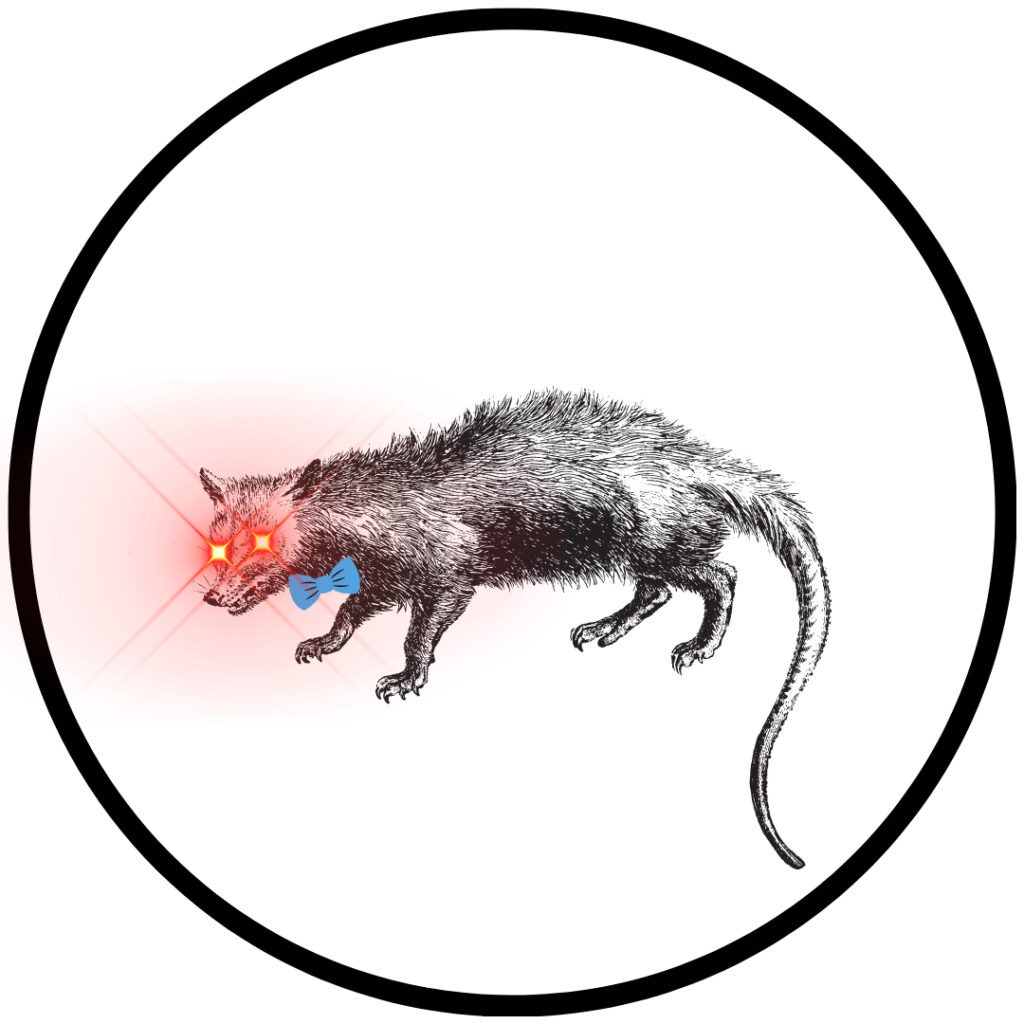There’s a lot to keep up with in crypto, and token standards are no different. The industry is still young, and best practices are still evolving. You may already be familiar with the ERC-20 fungible token and the ERC-721 nonfungible token (NFT) standards. But wait, there’s more! What is an ERC-1155 token, and why do we need them?
The ERC-1155 standard is the Multi Token Standard. Put simply, this means that instead of being limited to only one token per smart contract, you can implement multiple different tokens in the same smart contract. This massively increases efficiency for some applications. An on-chain game might previously have needed a smart contract for its character NFTs, an ERC-20 smart contract for each of its in-game currencies… you get the idea.
Instead, the ERC-1155 standard allows the developers to deploy one smart contract which handles the characters, the items, and the in-game currency. This cuts down on the smart contract overhead, and provides a more seamless interface for the userbase.
ERC-1155s in Use Today
The largest ERC-1155 contract in use today is one you’d probably never guess: OpenSea. OpenSea provides a portal to easily mint NFTs through their platform. When you do this, your chosen art, metadata, etc. is implemented as a token in their massive ERC-1155 token contract.
Let’s look at an example. This is a random NFT I clicked on from the “Inventory” Etherscan page. No, I do not know what it is about and have no affiliation. The owner has sold some 5+ ETH of them in the last two hours, whatever it is, so good on him.
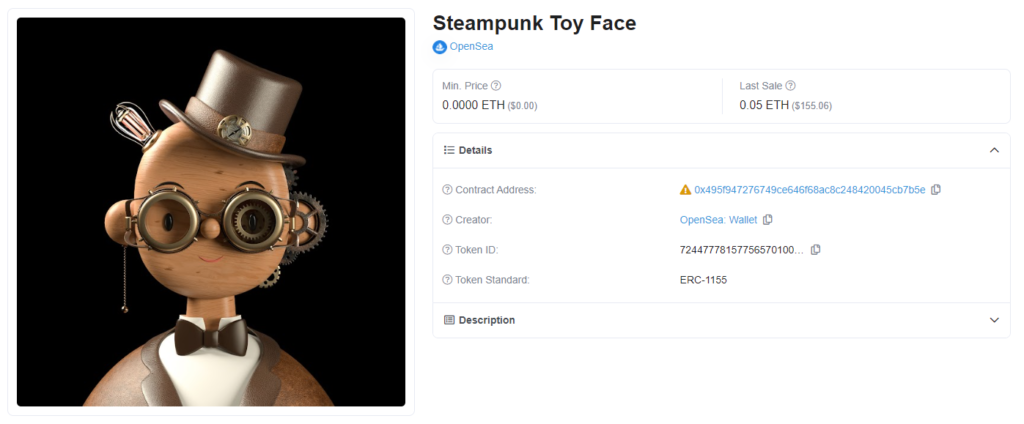
Notice everything in the “Details” box. The contract address 0x495f… is the OpenStore ERC-1155 contract. The creator is the OpenSea wallet. The TokenID is an very long unique ID number for this NFT. And the token standard is ERC-1155.

Crucially, we can also see that there are 30 total copies of this NFT. This leads us to the next innovation of the ERC-1155 standard.
Semi-fungible Tokens
As a reminder, fungible tokens (ERC-20 standard) are ones where each token is exactly like any other. 1 dollar = 1 dollar. 1 Ether = 1 Ether. 1 Chuck E. Cheese token = 1 Chuck E. Cheese token. If I take five of your dollars and give you five of my dollars, you don’t care. There can be from 1 to a gazillion of these tokens and it doesn’t matter.
Non-fungible tokens (ERC-721 standard) by contrast are unique and not interchangable for each other. Even if I made an NFT with the exact same metadata, you would have unique token IDs to tell them apart.
The ERC-1155 standard enables semi-fungible behavior, like we see with the steampunk toy face. There is a small, limited number of this token in existence. Each one is fungible with other copies of itself. But, these tokens are not fungible with other token IDs of the parent ERC-1155 contract! There is no concept of “steampunk toy face #1” and “steampunk toy face #5”. All the contract cares about is that you have 1 (or 2, or however many the case may be) copies of this token ID.
This is a very powerful feature. You can imagine a ticket site implementing an ERC-1155 contract. This would give it the power to have unique seats (Box 3, seat 6, at the Super Bowl) or large batches of tickets (up to 1,000 general admission tickets for a music festival).
Is ERC-1155 The Future Of Tokens?
ERC-1155s are not for every use case. For single tokens, ERC-20 standards outstrip them for performance. Traditional NFT collections similarly do not need the extra firepower. In their niche, however, they are exceptionally powerful.
The ERC-1155 standard is still relatively young and not everything supports it yet. As more developers understand the standard, I predict seeing it more widely used. Any protocol running an array of both NFTs and fungible tokens, or which requires semi-fungible capability, stands to gain from implementing ERC-1155.

